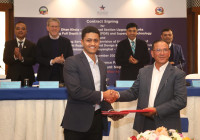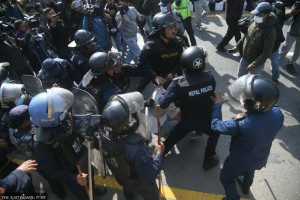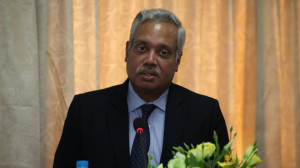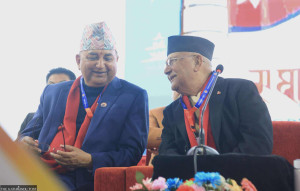National
Clarity on distinction of excluded groups wanting, says UNDP
There has been a failure to distinguish consistently between the three excluded groups of Nepali society defined broadly as socially excluded, vulnerable and economically excluded by, among others, the government, development partners and agencies, according to a recent study report of the United Nations Development Programme (UNDP).
There has been a failure to distinguish consistently between the three excluded groups of Nepali society defined broadly as socially excluded, vulnerable and economically excluded by, among others, the government, development partners and agencies, according to a recent study report of the United Nations Development Programme (UNDP).
The report entitled, “A Common Framework for Gender Equality and Social Inclusion-2017”, has explicitly shown conflicting definitions of the backward and excluded groups defined by the constitution and various development agencies.
“The government and development partners have defined many socially excluded and backward groups, but they do not have specific definition for one,” said Binda Magar, Gender Equality and Social Inclusion specialist at UNDP.
For instance, the Constitution of Nepal has two lists of backward and excluded groups that are under state provisions of welfare and development assistance. The lists have terms like oppressed classes, backward classes, minorities and marginalised groups, but the difference between these terms is not specified.
Similarly, the development partner of gender equality and social inclusion such as UN Women mandatorily focuses on women and not other disadvantaged groups while the Nepal Federation of Indigenous Nationalities particularly look after the issues of marginalised and endangered Janajati groups. However, the study has shown that even these institutions have not defined the terms properly.
“We have emphasised conceptual clarity on the distinction between socially, politically and economically excluded and vulnerable groups along with the agreement about core set of groups that are the matter of concern for the development agencies,” Magar said of the report.
The report is an outcome of nationwide study about the confusion and clarification defining the excluded groups which was launched in March 2016 by revisiting the specific definitions used by different development partner agencies.
It suggests a more coherent approach to improve coordination and common understanding of gender equality and social inclusion.




 11.12°C Kathmandu
11.12°C Kathmandu














